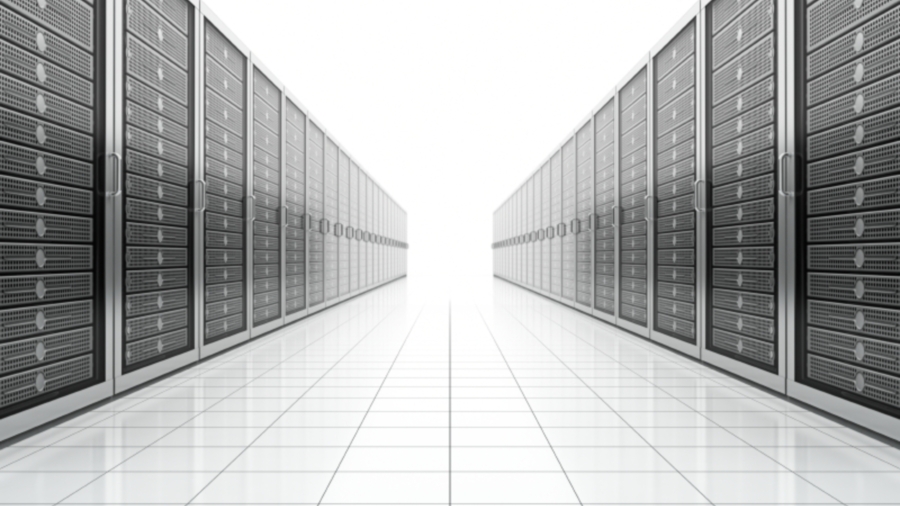How to buy a new server
It's not as straightforward as it used to be

How old are the servers your company is using? Research from market intelligence firm IDC indicates a continuing trend to extend the lifespan of a typical server by at least two years past its recommended replacement date. Businesses are under financial pressure, but with the quantity of data exploding, delaying the server refresh cycle could undermine their ability to compete.
IDC commented: "While stretching the life of servers and other hardware can be beneficial in terms of reducing capital expenses, IT organisations must consider operational expenses. In many cases, extending the life of servers too long can lead to an increase in operational expenses that could pay for investments in new technology.
"Before simply delaying new hardware purchases, organisations need to assess the impact on both capital budgets and operational budgets."
The demands of business intelligence and new levels of data, leading companies to generate terabytes of information, also creates the pressure for new servers. There is evidence that companies investing in their infrastructure to gain more insight into their data are seeing upturns in their revenue.
Research by managed services provider Avanade reveals that 84% of respondents believe big data helps them make better business decisions. And 73% of companies have already used data to increase revenue by growing existing revenue streams (57%) or creating entirely new sources of revenue (43%).
Replacing servers now can provide a number of advantages, including more processing power and efficiency in data analysis, reduced power consumption, more efficient maintenance and the development of in-memory computing platforms for business intelligence. They are also more compatible with virtualisation, making it possible to limit the number of physical installations, and provide a platform for cloud services.
There is also evidence that once a server moves past its stated replacement cycle, maintenance costs increase as do failure rates. The IDC report says that hardware over five years old has 21% more downtime than equipment that is two years younger.
Sign up for breaking news, reviews, opinion, top tech deals, and more.
Your server roadmap
The twin drivers of more data analysis and the need to reduce capital costs are leading to a careful assessment of purchase decisions that were once made every three years as a matter of course. Add the accelerating trends with virtualisation, and justifying the purchase of new servers can be difficult.
However, IT departments need to take a step back and consider their company's activities as a whole. It's possible that too tight a focus on a server will not factor in how the rest of a company will use the resource, and it is vital to gain a thorough understanding of how business data is used to assess what services a server will have to deliver.
Even for a three-year server refresh cycle, it is likely that major changes have taken place within the business and its demands on data. In addition, there are probably new services to support, especially involving mobile technology.
Hardware considerations
IT managers surveying the server market will appreciate its diversity. Much of the focus will remain on processing power and storage capacity, but where once the x86 server was the only platform available, today there are a myriad of options to consider. Servers can be supplied with ARM or Atom CPUs and a range of operating systems, and there are features as in-memory computing and the clear trend towards solid state drives to consider.
The physical server itself will be largely academic if your business is simply upgrading its existing installations. Tower, rack mounted or blade servers offer flexibility, and blades can help to reduce the footprint of a server room and provide efficiency savings.
Of course, servers don't exist in isolation; they have to be carefully integrated into the fabric of every business process, ranging from simple mail server tasks to more complex in-memory computing.
Specifying a new server is therefore a multifaceted task that needs to involve much more than simple processing power and storage capacity. IT managers should bear these points in mind before drawing up a shortlist of potential server vendors:
•What is the primary goal for the new server(s)?
•Keep virtualisation in mind, as this has become the standard way to deploy applications.
•Look for servers with plenty of power. The major vendors have been locked in a multi-core processor war for some years.
•Always think about connectivity. Two 10Gb ethernet ports are the minimum, but multichannel ethernet or even InfiniBand could give you additional capacity.
•Power consumption and cooling should also be considered carefully, as these costs can easily increase. Look for energy-saving features.
•Try and build in additional capacity. As already noted, big data analysis is increasingly important. New servers need to take this brave new word of massive datasets into consideration.
Referring to your business's server roadmap will give you a set of clearly defined criteria that can be used to determine the minimum system specification for your new servers. Whether you need a file server, mail server, print server or a server to handle data querying, the decisions you make should be driven by the needs identified within your server roadmap.